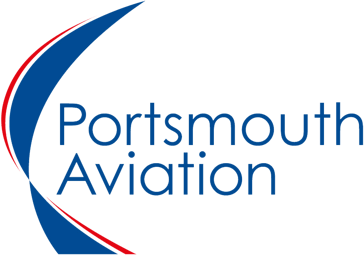
Designing and developing a unique new ventilator

42T’s medical device engineers were asked to review the proposed control system architecture for the Exovent Negative Pressure Ventilator (NPV). This led to a recommended improvement in how the monitoring/alarm system, main controller, pump assembly and user interface (HMI) could be effectively segregated as distinct parts of the system.
From this, the 42T team created a new architecture design for the control system hardware and software. The new approach significantly reduces the reliance on safety-critical software, minimises development risks and will ensure a fast-paced development while prioritising safety, security and compliance.
.webp?width=717&height=491&name=1%20-%20Exovent%20NPV_patient%20enclosure_IMG0013%20(3).webp)
The Exovent NPV system is being developed as a convenient, lightweight device that encloses the patient’s torso from neck to hips. The system allows patients to talk, drink and eat normally while being ventilated, unlike traditional positive ventilator systems where patients need to be sedated and intubated, or wear a mask.
Negative pressure ventilation - advantages
Positive pressure ventilators (PPV) are widely used in clinical settings, but they come with certain drawbacks that may be addressed by negative pressure ventilators (NPV).
Improved patient comfort and reduced risks: Traditional PPV systems require patient to be sedated and intubated or to have a tracheostomy to bypass the oral-nasal route for breathing. However, PPV systems can reduce cardiac output, potentially resulting in hypotension, and increase the risk of ventilator associated lung injuries or pneumonia due to intubation. NPV, on the other hand, more closely mimics ‘natural' breathing, potentially offering significant clinical advantages. It does not necessitate tracheal intubation and minimises the likelihood of adverse cardiovascular events and barotrauma.
A forgotten life-saving therapy: NPV has been successfully used for over a century across various clinical conditions, including acute respiratory failure in COPD patients and neuromuscular disorders. But it has been largely disregarded since the 1960s with the emergence of smaller positive pressure devices.
More patient-friendly alternative to CPAP: Scientific and clinical studies have indicated that a modern NPV device, particularly one with a torso-only cabinet, could present a more patient-friendly alternative to Continuous Positive Airway Pressure systems (CPAP) that typically require patients to wear a mask.
A non-invasive NPV system could also potentially prevent escalation of a patient's condition, potentially avoiding the need for intubation and mechanical ventilation with a PPV system. .webp?width=752&height=813&name=4%20-%20Exovent%20NPV_patient%20being%20ventilated_IMG3%20(1).webp)
A strategic partnership
Following on from its initial review of the control system architecture, 42T will undertake the design and development of the control unit, monitoring, and alarm system for the innovative Exovent NPV system. This includes the development of system hardware, firmware, and adherence to regulatory requirements.
The work will comply fully with IEC/EN 60601 standards for the safety and performance of medical electrical equipment, and will involve the development of class C safety-critical software to meet IEC/EN 62304 standards.
42T’s medical device engineers will then work closely with the development and manufacturing teams at Portsmouth Aviation, along with clinicians from the Exovent charity, to successfully integrate the control system into the ventilator before market launch.
Simon Escott, Managing Director of Portsmouth Aviation, says, "42 Technology will play a pivotal role in developing the control system for our ventilator. Their medical device engineering and regulatory experience will be essential in helping us to advance it into initial production and first clinical trials."
.png?width=453&height=244&name=Exovent%20logo%20(marketing).png)
For further information see this News article.
Find out more: contact our Director of Healthcare, Craig:
craig.townsend@42T.com | +44 (0)1480 309461 | LinkedIn: Craig
Related Articles

Healthcare & Life Sciences
Technical due diligence on new injector for a high-profile drug product

Healthcare & Life Sciences
Small-batch RNA vaccine manufacturing system

Healthcare & Life Sciences, Innovation
Strengthening DLOC’s organ-on-chip patents

What will you ask us today?
We believe in asking the right questions to drive innovation; when we know the right questions, we generate the ideas to answer them.

